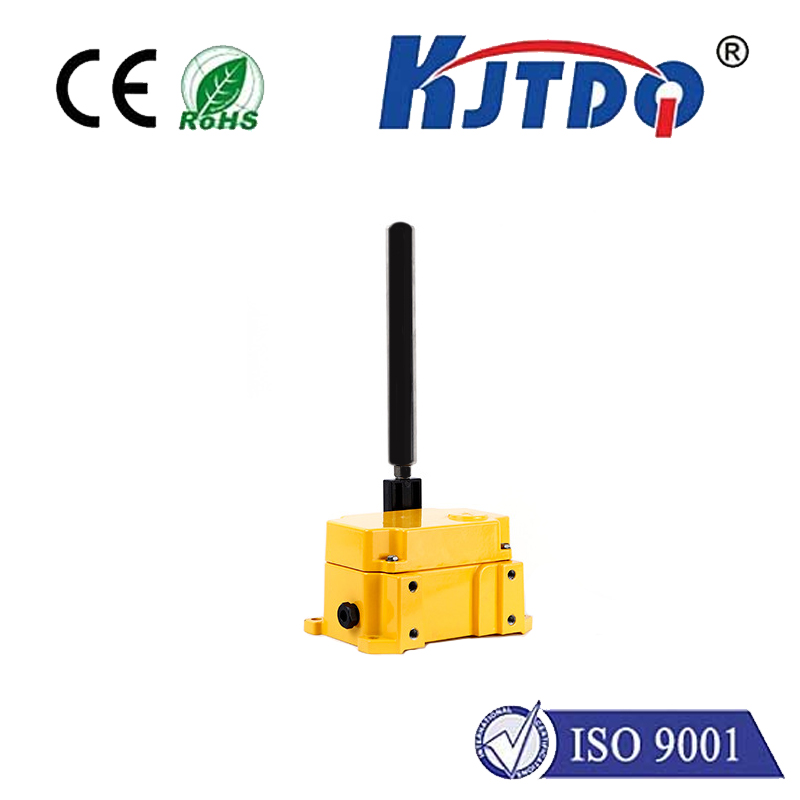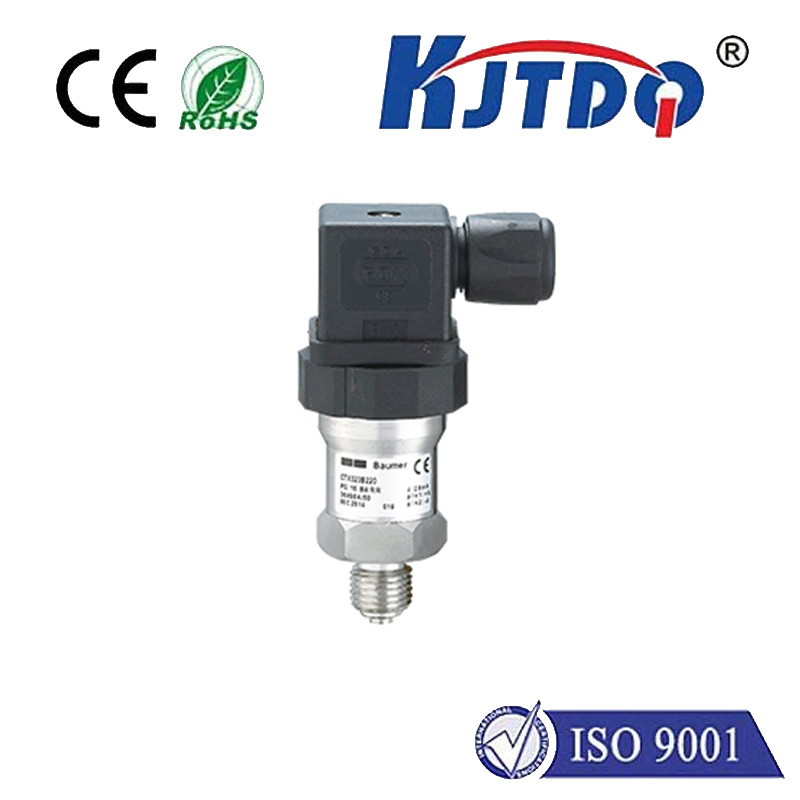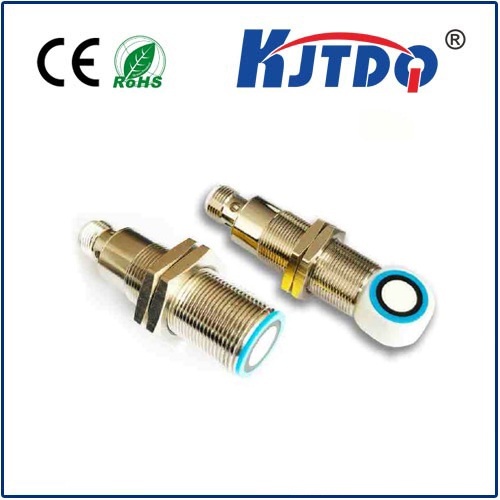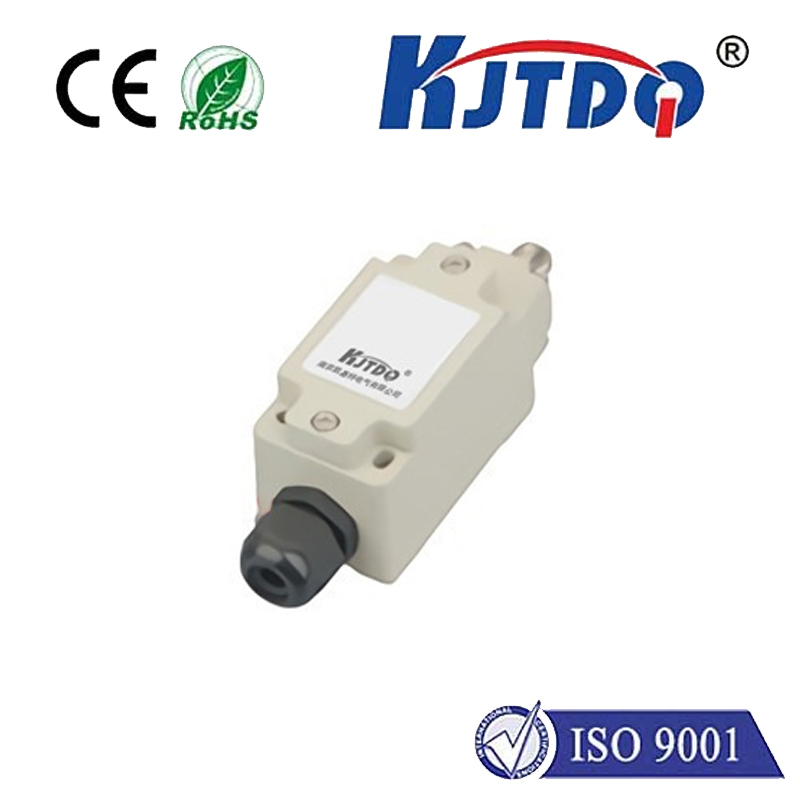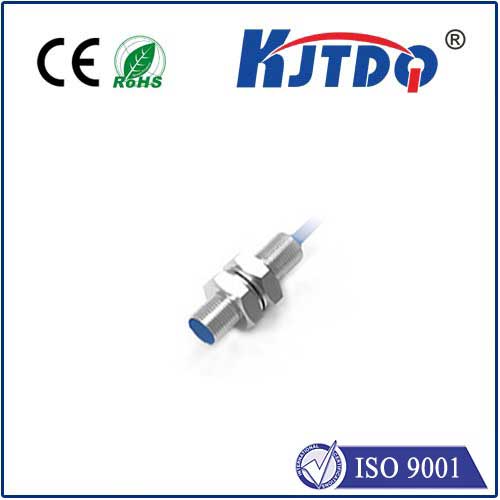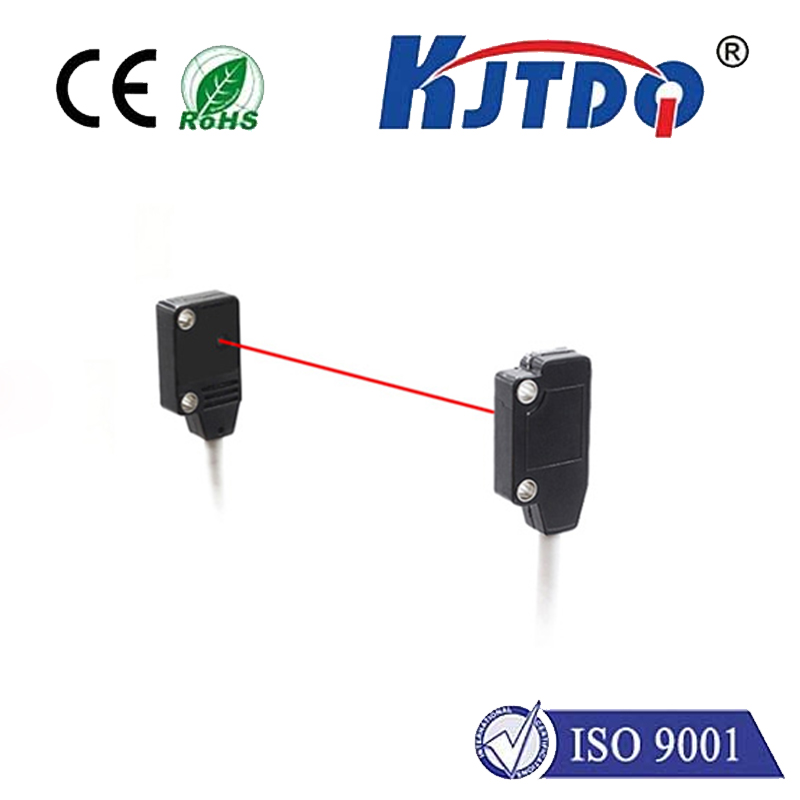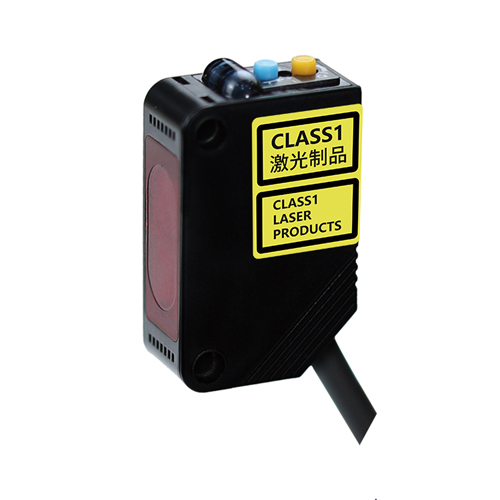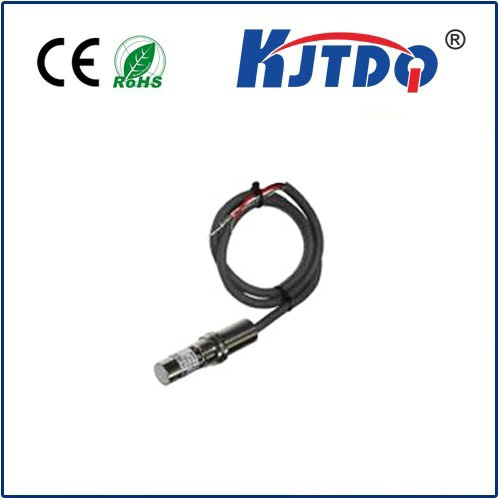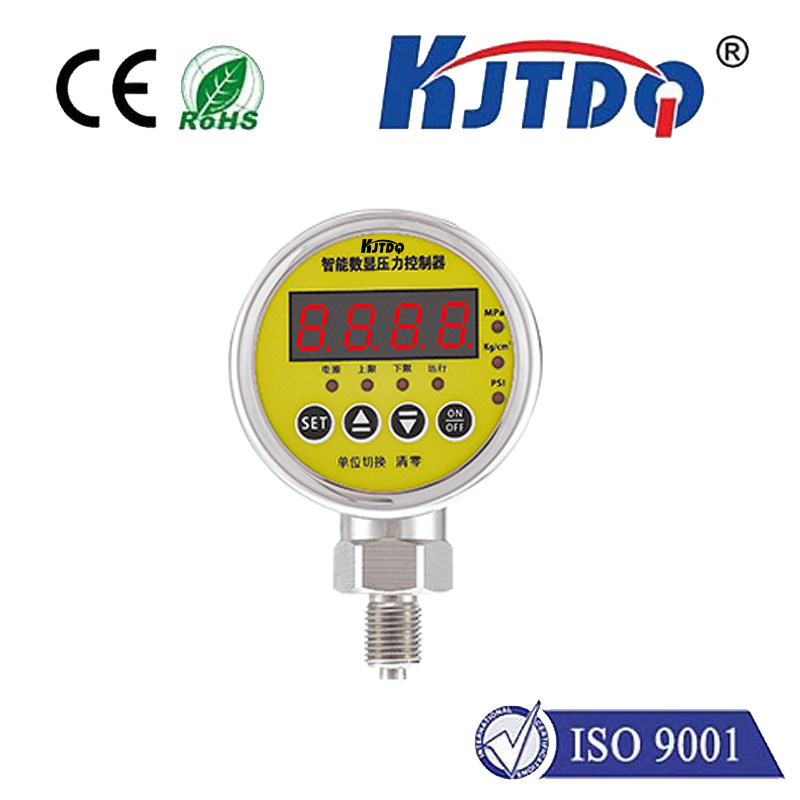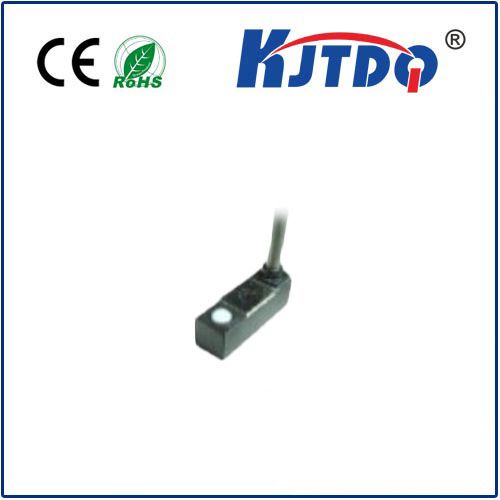

check

check

check

check

check

check

check

check

check

check
Title: The Revolutionizing Impact of Vibration Sensors in Modern Technology
The advancement of technology has led to a plethora of innovations, and one such revolutionary device is the vibration sensor. This tiny yet powerful instrument has transformed various industries, from manufacturing to healthcare, by providing accurate and reliable data on the movement and vibrations of objects. In this article, we delve into the impact of vibration sensors and how they are shaping the future of modern technology.
1. The Basics of Vibration Sensors
Vibration sensors, also known as accelerometers, consist of a mechanical or electrical component that detects and measures the oscillations or vibrations of an object. These sensors can be used to measure both static and dynamic vibrations, making them versatile tools for various applications. There are two main types of vibration sensors: mechanical and electronic.
Mechanical vibration sensors use mechanical components such as pendulums or springs to measure vibrations. They have a simple design, are low-cost, and offer high sensitivity but limited accuracy. Electronic vibration sensors, on the other hand, use electronic circuits to detect vibrations and are more accurate than mechanical sensors. They offer higher sensitivity but are more complex and expensive.
1. Applications of Vibration Sensors
The versatility of vibration sensors makes them indispensable in numerous industries. Let's explore some notable applications:
a) Manufacturing: Vibration sensors are widely used in the manufacturing sector to monitor the performance of machinery, reduce downtime, and improve quality control. They can detect anomalies in the machine's operation, alerting maintenance personnel to take corrective action before serious damage occurs.
b) Automotive: In the automotive industry, vibration sensors are essential for monitoring vehicle components and ensuring optimal performance and safety. For example, they can detect tire imbalances, which can lead to improved fuel efficiency and reduced wear on tires.
c) Healthcare: Vibration sensors have significant implications in the field of medical devices and diagnostics. They can be used to monitor the vital signs of patients with chronic conditions, such as heart disease or neurological disorders, allowing for early detection and intervention. Additionally, they can help with rehabilitation exercises by providing feedback on proper posture and form.
d) Environmental Monitoring: Vibration sensors are valuable tools for environmental scientists studying natural phenomena like earthquakes or volcanic eruptions. By detecting subtle vibrations, these sensors can help researchers gather critical data and better understand these events.
2. Advantages of Vibration Sensors
The advantages of using vibration sensors in various applications are manifold. Some key benefits include:
a) Increased Efficiency: Vibration sensors allow manufacturers and businesses to optimize their operations by detecting potential issues before they become major problems, reducing downtime and improving overall efficiency.
b) Improved Safety: By monitoring machinery and vehicles for abnormal vibrations, vibration sensors help prevent accidents and injuries, protecting workers and passengers alike.
c) Enhanced Quality Control: Vibration sensors enable companies to ensure consistent product quality by identifying defects early on during production processes, allowing for timely corrective actions.
d) Better Patient Outcomes: In the healthcare sector, vibration sensors can contribute to improved patient outcomes by enabling timely interventions and reducing the risk of complications associated with chronic conditions.
3. Future Trends in Vibration Sensors
As technology continues to advance, the possibilities for vibration sensors are endless. Here are some trends we believe will shape the future of vibration sensors:
a) Integration with Artificial Intelligence (AI): The integration of AI algorithms will enhance the ability of vibration sensors to analyze complex patterns in data, leading to even more accurate insights and predictions. This could lead to improved decision-making processes across various industries.
b) Miniaturization: As miniaturization techniques continue to improve, vibration sensors will become even smaller, more lightweight, and cheaper
